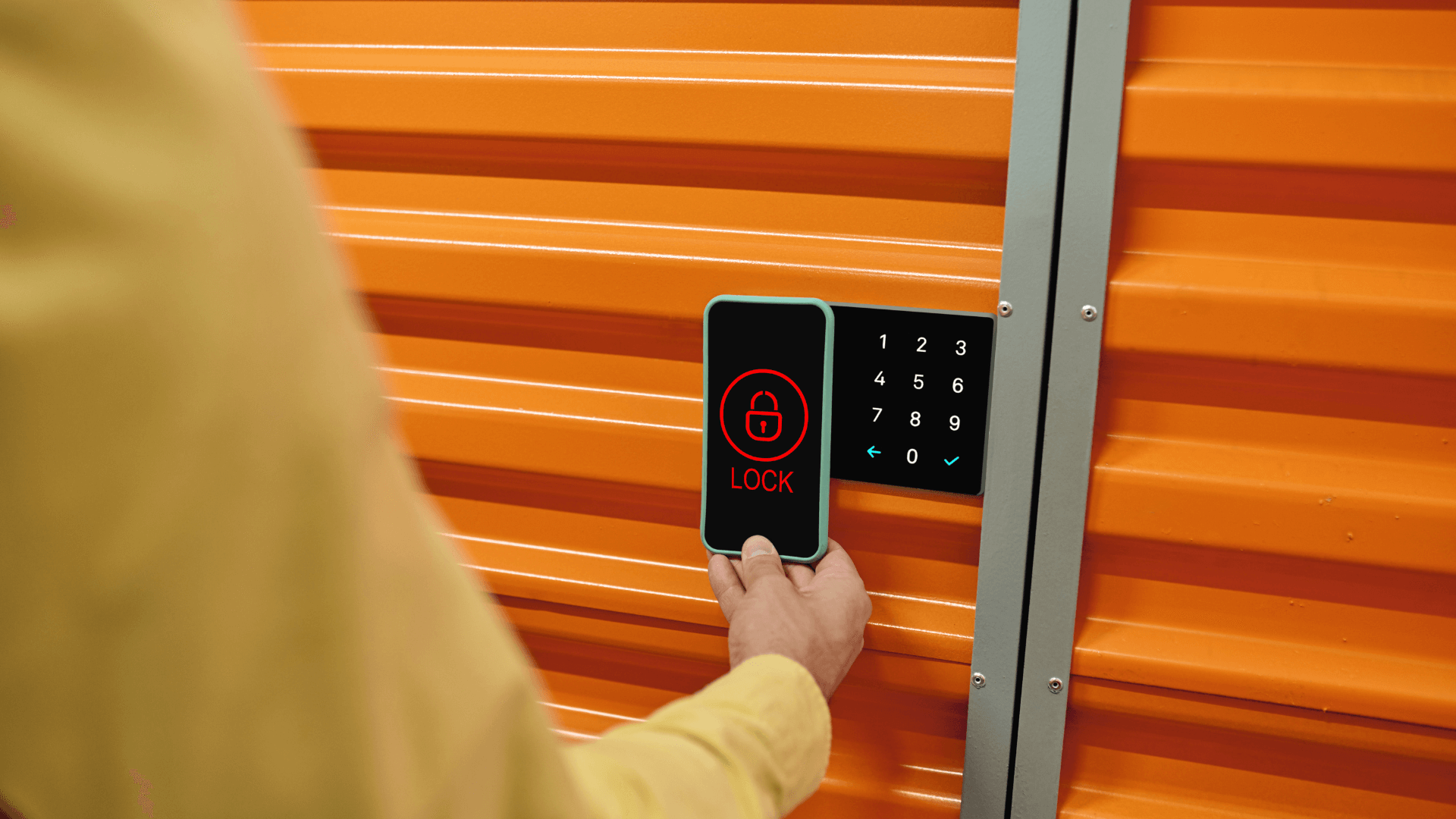E-commerce Warehouse Security Challenges & Solutions
Table of Content
For e-commerce business owners and logistics management teams, ensuring the safe, smooth, and efficient operation of all active fulfillment services will always rank as a top priority. Managers must ensure that employees are provided with quick and reliable building access, that all products are properly stored and easy to find, and that all vehicles can load and unload goods without causing harm to employees.
To effectively manage such a multi-faceted operation, modern management staff will often choose to work closely with IT and physical security teams to make intelligent use of smart technology systems, as doing so can help admins to monitor, assess and optimize operations to the benefit of the company as a whole.
Whilst many logistics and safety issues can be mitigated through the creation and implementation of smart technologies and considered policies, there are a few potential issues that can arise if teams do not carefully consider how these tools integrate with physical infrastructure. This article will cover a range of common e-commerce warehouse security challenges and solutions to protect retailers from threats.
Improve CCTV with smart integrations
Choosing to install and operate a comprehensive video surveillance network can help warehouse security teams both monitor unfolding security incidents and prevent intruders from attempting to commit crimes, with studies showing that over 50% of burglars will be deterred by visible cameras alone.

However, the use of traditional CCTV cameras in modern installations can pose a few significant security risks. For example, older systems may not be able to produce footage clear or accurate enough to identify suspected criminals, and if files are accidentally deleted or improperly stored without an automatic backup, security teams could be left with no usable data to appropriately assess historic incidents.
Effective upgrades to warehouse CCTV systems include:
- IP cameras – Internet Protocol cameras can be connected to a cloud-based security management system to be monitored and adjusted remotely by warehouse security staff.
- Cloud storage – With cameras linked to a cloud storage system, recorded footage will always be backed up and secured in the event that physical devices fail or are tampered with.
- AI analytics – AI analytics software like a license plate or facial recognition can be integrated alongside CCTV systems to identify suspicious activities in real-time or in recorded footage.
Monitored access control devices
Monitored access control devices are an essential aspect of any warehouse security system, with these networks able to reliably grant access to authorized credential holders whilst denying entry to unauthorized persons. However, not all access control systems are appropriate for modern properties.
Traditional configurations such as proximity cards and key fobs may be convenient to use, though if one credential is lost or stolen, the whole warehouse could become compromised. Additionally, if security personnel have no way of granting monitored visitor access through the issuing of temporary credentials or some form of visual identification system, properties could be vulnerable to intrusion events and theft.
Solutions to these issues include the use of mobile credential systems whereby easily lost fobs and cards are replaced with digital credentials sent straight to users’ smartphones. Security staff are then able to view, adjust and revoke access remotely in real time if any credentials are suspected to have been compromised. In addition, a video intercom system may be installed to better manage visitor access, allowing on-site security personnel to visually verify entry requests before granting property access.
Emergency alarm systems
E-commerce warehouses packed with products and potentially dangerous goods can be susceptible to fires, with US fire departments said to respond to an estimated 1450 warehouse structure fires every year, so it’s essential that security staff consider how best to detect, prevent and respond to such incidents.

By installing Internet of Things (IoT) sensors and proactive alarm systems, warehouse security teams can develop immediate and automatic responses to unfolding hazards through the intelligent design of integrated systems. For example, IoT smoke sensors can be linked to a cloud-based management system and programmed to alert relevant staff or authorities of potential fires in a matter of seconds.
Automated responses can also be developed whereby connected IoT devices are used to trigger on-site fire suppression systems and evacuation alarms. This concept can also be extended to physical security devices. For instance, if an IoT motion sensor detects movement in a restricted area, connected access control door locks can be immediately sealed to automatically lockdown all affected locations.
Conclusion
Ensuring the safe, smooth, and efficient operation of a modern e-commerce warehouse will require physical security and IT teams to work closely with logistics managers to develop proactive and intelligent society systems capable of viewing potential hazards and threats in an appropriately holistic manner.
By upgrading legacy hardware such as CCTV cameras, access systems, and on-site alarms to make use of IoT technologies, cloud-based management, and remote access functionality, security staff will be far better prepared to protect assets and employees with the support of automated responses and alerts.